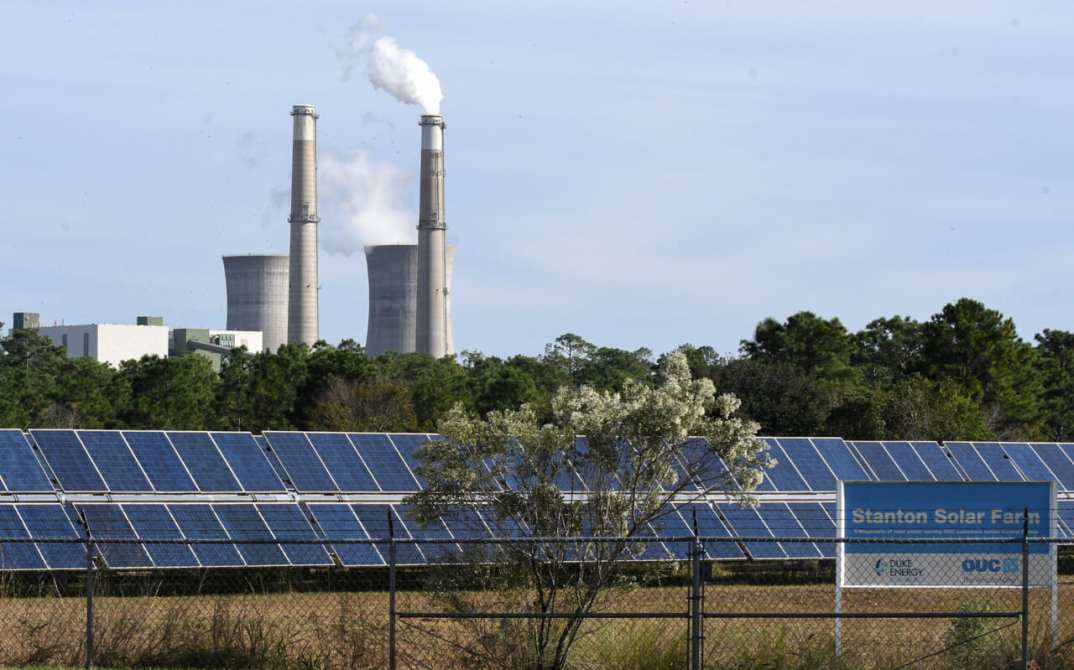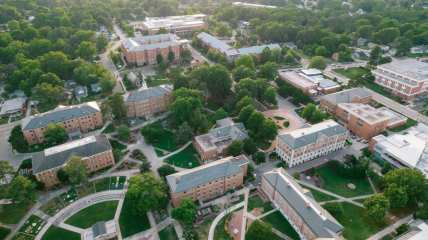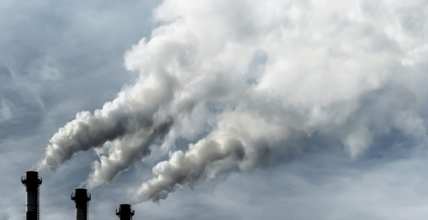US Department of Energy provides $2M to HBCUs aimed at reducing carbon energy and pollution
“The scientific brilliance cultivated at America’s higher education institutions, like HBCUs and other MSIs, is unrivaled,” said U.S. Secretary of Energy Jennifer Granholm.

Historically Black Colleges and Universities (HBCUs) will have the opportunity to cash in on more than $2 million in funding from the Department of Energy for student training and research aimed at reducing carbon energy and pollution.
To advance the Biden-Harris Administration’s goals of net-zero greenhouse gas emissions by 2050, the funding will support up to 20 student engineers and scientists who are working on pursuing 2-3 year research projects.
“The scientific brilliance cultivated at America’s higher education institutions, like HBCUs and other MSIs, is unrivaled,” U.S. Secretary of Energy Jennifer M. Granholm said in a statement. “Climate solutions require viewpoints from a diverse and highly skilled workforce that will keep us competitive in a new net-zero economy.”

Training resources, technical assistance and mentorship opportunities are also provided throughout the program.
Duwain Pinder, a partner at McKinsey and Company told theGrio that funding like this was essential to supporting the next generation of Black workers in the renewable energy sector.
“There will not be a thriving Black workforce, especially in some of these key positions if you don’t have a thriving HBCU sector,” Pinder said. “Investing in HBCUs, ensuring that they have the financial resources that they need, ensuring that they have the skills and capabilities that they need to invest in their students, all of those things actually going to pay dividends.”
TheGrio previously reported on renewable energy opportunities and partnerships with corporations that were underway at HBCUs. Now the federal government is lending its financial backing to support the next generation of clean energy innovators.
The hope is that the private sector carries the baton being handed over from the federal government in the global race to achieve net-zero climate targets. While the government is funding opportunities, it is up to the universities and companies to train a skilled workforce.
One area within the renewable energy landscape to keep a close eye on is the manufacturing of rare earth minerals. As the United States shifts from coal mining, it will begin a process to recover critical raw materials such as lithium, cobalt, nickel and copper.
The rare earth elements are key to the production of semiconductors like those discrete semiconductors, batteries and many other advanced technologies.

“It would be a wonderful thing to actually be able to do this in the U.S.,” Jen Wilcox, principal deputy assistant secretary of the Office of Fossil Energy and Carbon Management told theGrio. “To be able to increase the production of critical minerals in a domestic way, in a sustainable way, to couple that with the manufacturing to actually make these products in the US.”
Attention is also being paid to the community impacts of the mining projects. Not only will students gain experience extracting and purifying the materials, but they will also learn how to remediate the ecosystems they are working in. Ultimately, the program seeks to teach students how to return communities back to how they were before mining took place.
“Our mission is investing in approaches that actually minimize both the environmental and climate impact of our current dependence of fossil fuel,” Wilcox added. “Some of the projects that we’re excited about in terms of engaging students from Minority Serving Institutions, and Historically Black Colleges and Universities, are a lot of the core pieces associated with the tools that it will take to get to net zero.”
TheGrio is now on your TV via Apple TV, Amazon Fire, Roku, and Android TV. Also, please download theGrio mobile apps today!”


